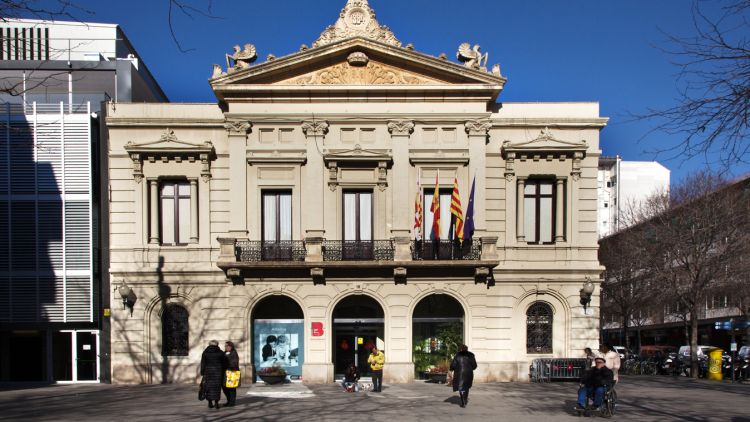History of the Archive
From Mas de Can Deu to the basement of the old Fiat Hispània factory.
The initial impetus for the Les Corts District Municipal Archives came from a group of residents linked to the Centre d’Estudis de les Corts, who wanted to ensure the neighbourhood’s historical memory was preserved.
Les Corts Municipal Council backed the initiative, provisionally offering some space at the District Council headquarters until 1986, when they were transferred to a first-floor room at the Can Deu Civic Centre. The building’s end-of-nineteenth-century appearance reflected that of the Eixample de les Corts Noves and helped to maintain the 19th-century character of the square, Plaça de la Concòrdia.
The Archives was constituted in 1988 following the approval of the Barcelona City Council Archives Organisation Project, and due to the high volume of documents, it was divided into administrative records, which were located in temporary premises at Carrer de Dolors Masferrer, 29-31, and historical records, which remained at the Can Deu facilities.
In 1995, the Archives was moved again to the basement of a municipal building that housed various facilities and was part of the old Fiat factory. Fiat Hispània, SA, was built in 1956 on the grounds of the old Cal Coix farmhouse, also known as Les Ventalles Verdes. This was documented as early as 1477 and we know it was remodelled and expanded in 1600.
Since 2012, the Les Corts Archives has been housed in the District headquarters. Designed by the architect Antoni Rovira i Rabassa and built in 1884, it was the Les Corts Town Hall building until Les Corts became part of Barcelona in 1897.

